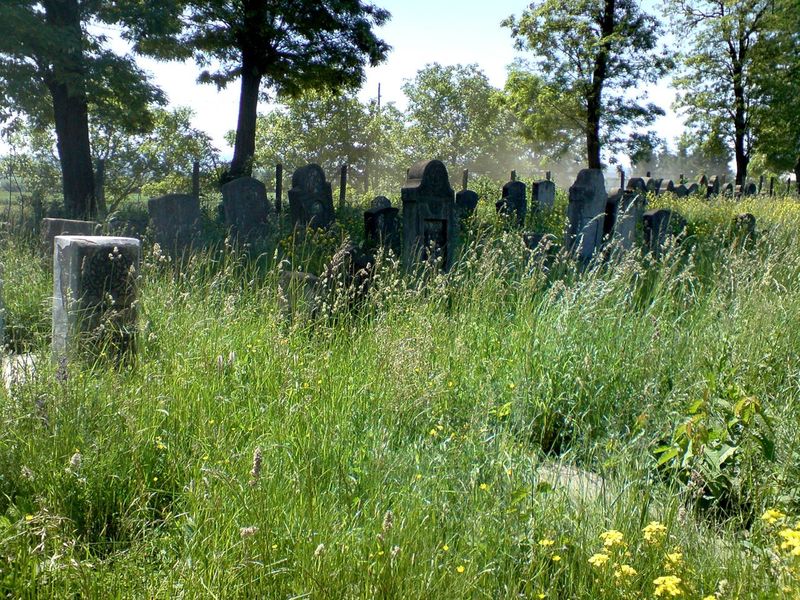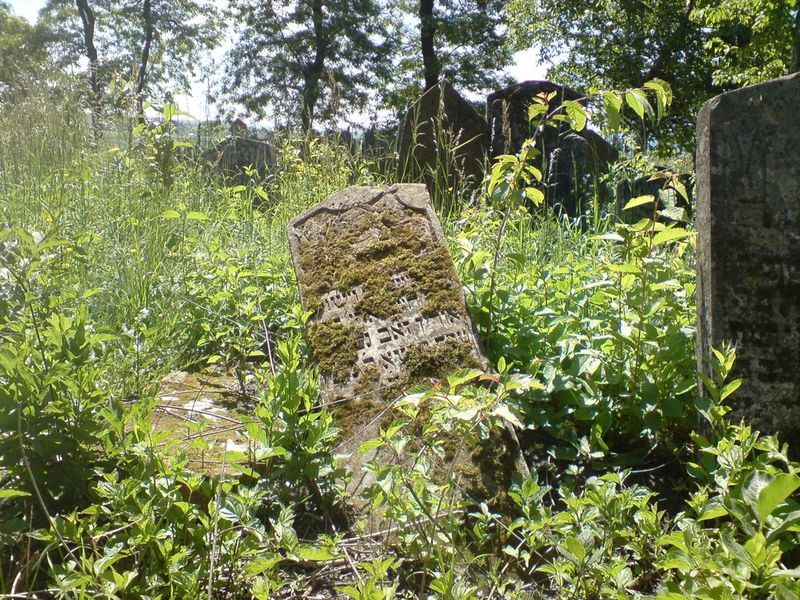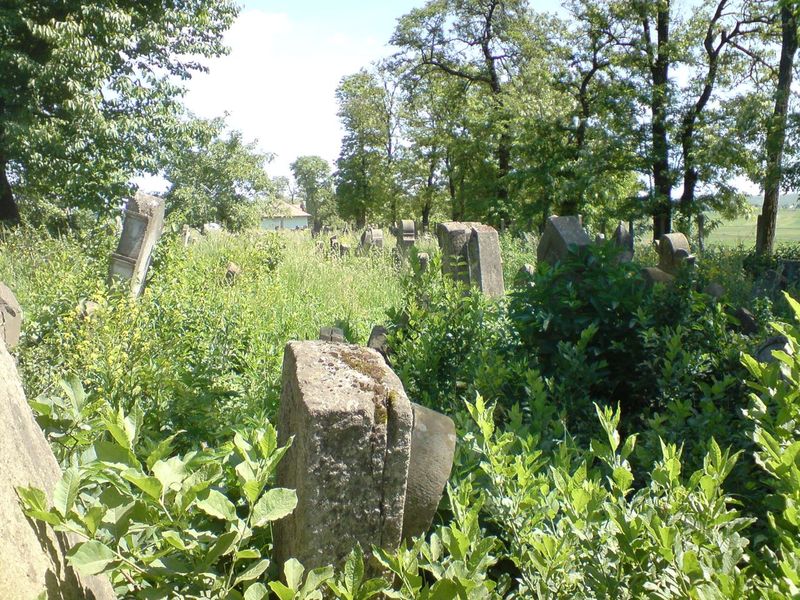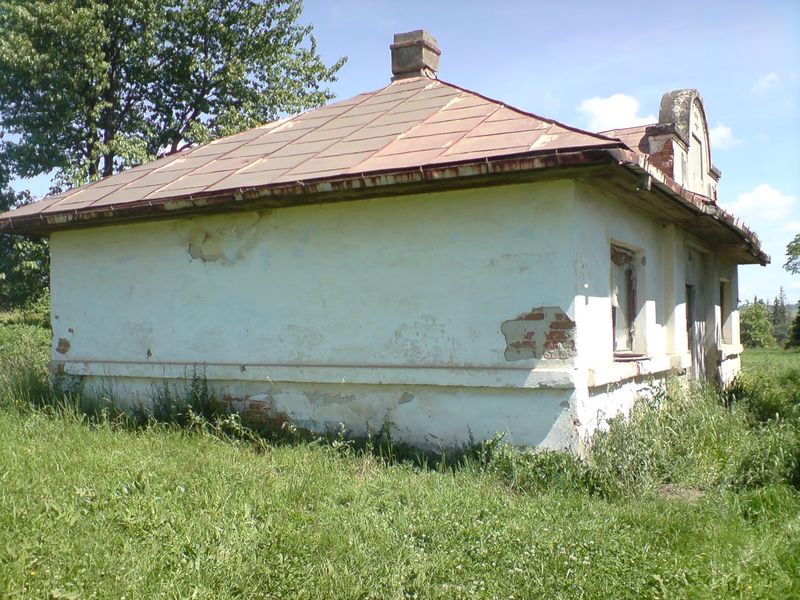Alternate names: Mihăileni [Rom], מיכאילן [Hebr], 47°58' N, 26°09' E, 12 miles W of Dorohoi, 13 miles NE of Rădăuţi on the Romanian-Ukranian border. 1900 Jewish population: 2,447. 1930 Jewish population: 1,500. The town dates from the 18th century.. It is composed of three villages: Mihăileni, Pârâu Negru and Rogojeşti, with a total population of 2,283 as of 2011. 2011 census, 83.4% of inhabitants were Romanians and 14.3% Ukrainian. At the 2002 census, 89% were Romanian Orthodox and 8.7% Pentecostal. formerly called Vladeni and Tirgu-Nou
- Dorot shel yahadut ve-tsiyonut Dorohoi, Saveni, Mihaileni, Darabani, Herta, Radauti-Prut
(Kiryat Bialik, 1992-2000) - Shtetlul Meu Drag Mihaileni
(Haifa, 1998) - Pinkas HaKehilot, Romania, Vol. 1 (1969), p. 180: "Mihaileni"
- JewishGen Romanian SIG
- YIVO Encyclopedia. [Mar 2014]
- Jewish Encyclopedia. [Mar 2014]
- Ehpes-Chernowitz [Mar 2014]
- Jewish Bukovina. [Mar 2014]
- REFERENCE: This email address is being protected from spambots. You need JavaScript enabled to view it.. Like Shells on a Shore. Projekt 36, Bern, Switzerland, 2010. To order, contact Mr. Geissbuhler. history and photographs. The lion and deer motifs are prevalent in the gravestones of the wire-fence surrounded cemetery. Reference. See pages 3-4. Mihăileni is a slightly shabby-looking village on the lower banks of the river Siret. Mihăileni was founded at the end of the 18th century. The 1831 census "reported 747 Jews and 72 Christians; and that of 1859 showed 2,472 Jews and 1,812 Christians. Mihăileni is a slightly shabby-looking village on the lower banks of the river Siret. Mihăileni was founded at the end of the 18th century. The 1831 census "reported 747 Jews and 72 Christians; and that of 1859 showed 2,472 Jews and 1,812 Christians." See the site for photographs.
CEMETERY:
Mayor Ambrozie Stefan, Mihaileni. Phone: 031/625103 The Jewish Community of Botosani, Soseaua Nationalã no. 220., Botosani, Phone: 514659 The Federation of The Jewish Communities of Romania, Sf. Vineri Str. no. 9-11, sect. 3, Bucharest, Romania "A.D. Xenopol" Institute of History, Lascar Catargi Str., no. 15, 6400- Iasi (judet Iasi), Romania. Tel. 032/212614; e-mail: This email address is being protected from spambots. You need JavaScript enabled to view it.. Director: Alexandru Zub. - Key holder: Ciocan Vasile, com. Mihaileni, judet Botosani
The Jewish population by census was 833 in 1899 registered Jewish inhabitants and 1,483 in 1930. On 1 July 1940, the Romanian army massacred many Jews. The cemetery was established in the 19th century. Last known burial was 20th century. The unlandmarked Orthodox cemetery is 2 km from the congregation that used it. The isolated rural/agricultural flat land has no sign or marker. Reached by a public road, access is entirely closed. A fence with a gate that locks surrounds the site. Approximate pre- and post-WWII size is 250 x 80 m. 100-500 stones are visible. 100-500 are in original location. 1-20 stones are not in original location. 50%-75% of the stones are toppled or broken. Location of stones removed from the cemetery is unknown. Vegetation overgrowth in the cemetery is a constant problem disturbing stones. Water drainage is good all year. The oldest known gravestone dates from 19th century. The 19th and 20th century marble, limestone, sandstone, and slate memorial markers have Hebrew, German, and Romanian inscriptions. Some have traces of painting on their surfaces, iron decorations or letting, bronze decorations or lettering, and other metallic elements. Some have portraits on stones. The local Jewish community owns the property used for an orchard. Adjacent properties are agricultural. Rarely, local residents stop at the never vandalized cemetery. No maintenance. No care by the unpaid caretaker. No structures. Weather erosion is a moderate threat. Vegetation is a serious threa This email address is being protected from spambots. You need JavaScript enabled to view it., Clinicilor Str., no. 19, Cluj, Romania, tel. 064/190107. Email: visited the site and completed the survey on 16 January 2001.
E. Schwarzfeld, Din istoria evreilor: împopularea, reîmpopularea si întemeierea tîrgurilor si tîrgusoarelor în Moldova, Bucuresti, 1894.
N.Sutu, Notiti statistice asupra Moldaviei, Iasi, 1852.
George I.Lahovari, Marele dictionar geografic al României, 5 vol., Bucuresti, Edit.Socec, 1899.
I.M.Dinescu, Fiii neamului de la 1859 la 1915. Statistica sociala pe întelesul tuturora, Iasi, Institutul de Arte Grafice N.V.Stefaniu, 1920.
Leonida Colescu, Analiza rezultatelor recensamîntului general al populatiei României de la 1899, cu o prefata de Sabin Manuila, Bucuresti, Institutul de statistica, 1944.
Pinkas Hakehillot, Encyclopedia of Jewish Communities Romania, I-II, Ierusalem, 1980.
D. Ivanescu, "Populatia evreiasca din orasele si tîrgurile Moldovei între 1774-1832," în Studia et acta historiae iudaeorum romaniae, II, Bucuresti, Edit.Hasefer, 1997, p. 59-65
Alex Mihai Stoenescu, Armata, maresalul si evreii, Bucuresti, 1998.
Lucian Nastasă interviewed unnamed individual. [January 2003]
Photos courtesy This email address is being protected from spambots. You need JavaScript enabled to view it. [2008]
[UPDATE] Photos byCharles Burns [March 2016]



